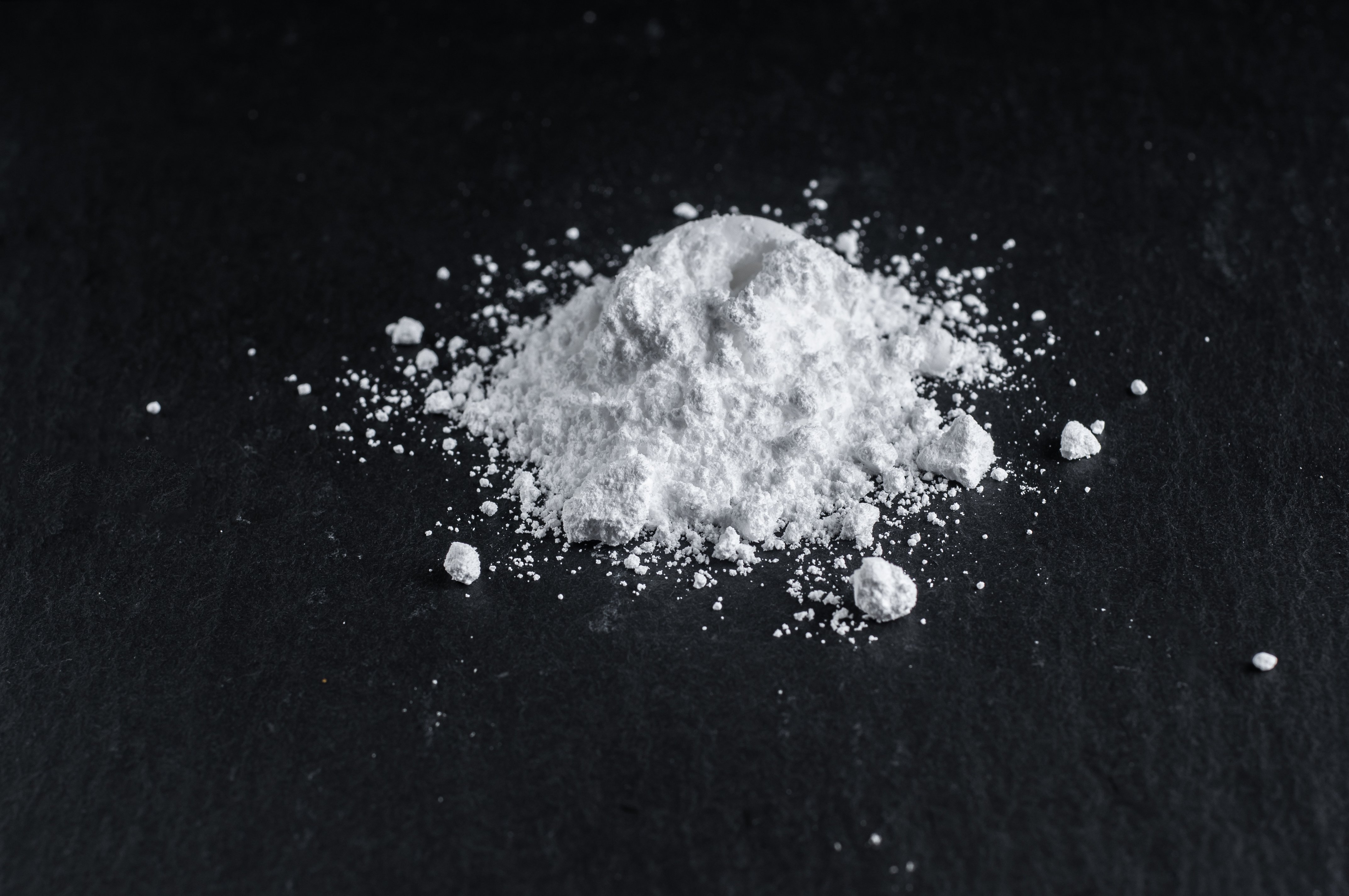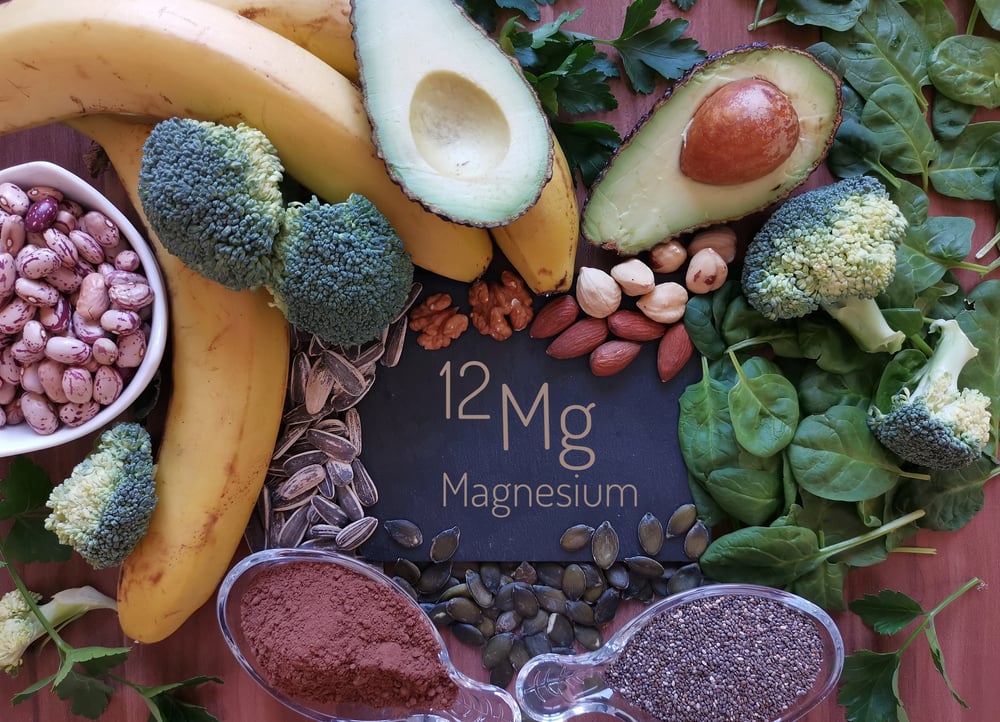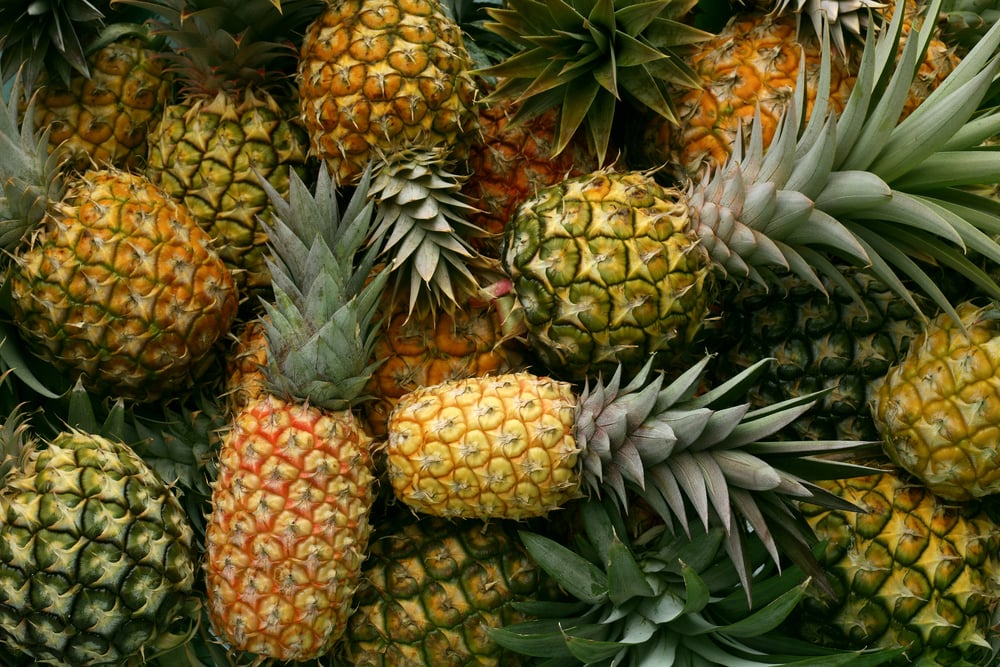Introduction
Kale is a superfood that has gained popularity in recent years for its nutritional benefits. This leafy green vegetable is high in vitamins A, C, and K, as well as calcium and iron. It is also a good source of fiber.
There are many different ways to incorporate kale into your diet. It can be eaten raw in salads, cooked as a side dish, or even juiced. Kale is a versatile ingredient that can be used in a variety of recipes.
If you are looking for a nutritious food to add to your diet, kale is a great option. Here are some of the reasons why you should be eating kale.
Kale is a nutrient powerhouse
Kale is a nutrient powerhouse packed with vitamins, minerals, and antioxidants. It is an excellent source of vitamin A, vitamin C, and vitamin K. It is also a good source of manganese, copper, calcium, and potassium. Kale is low in calories and fat, and it is a great addition to any healthy diet.
Health benefits of kale include improvement in blood sugar control and protection against heart disease. Kale is also a good source of fiber and has been shown to aid in digestion.
- Kale is linked to several health benefits
Kale is a type of green leafy vegetable that is packed with nutrients. It is low in calories and fat, but high in fiber, vitamins, and minerals. Kale is linked to a number of health benefits, including superior bone health and a reduced risk of heart disease.
If you're looking for a nutrient-rich food that can help you improve your health, kale is a great option. Include it in your diet today and start reaping the many benefits of this healthy vegetable.
Kale is a versatile ingredient
Kale is a versatile ingredient that can be used in a variety of dishes. It is a member of the cabbage family and is related to broccoli, Brussels sprouts, and collard greens.
When choosing kale, look for leaves that are dark green in color and free from blemishes. Avoid kale that has yellow or brown leaves. Kale should be stored in the refrigerator, in a plastic bag, for up to three days.
To prepare kale, wash the leaves in cold water. Remove the tough stems and ribs from the leaves. Chop the leaves into bite-sized pieces. Kale can be eaten raw, sautéed, or
How to incorporate kale into your diet
Kale is a nutrient-rich leafy green vegetable that is packed with vitamins and minerals. It is also a good source of fiber and antioxidants. Including kale in your diet is a great way to boost your health.
There are many ways to incorporate kale into your diet. Here are a few ideas:
- Add it to your breakfast smoothie.
- Make a healthy kale salad for lunch.
- Use it as a pizza topping.
- Add it to your soup or stew.
- Use it as a wrap filling.
- Make kale chips as a healthy snack.
As you can see, there are many easy ways to add kale to your diet. So why not give it a try? Your body will thank you for it!
The bottom line
Kale is a highly nutritious leafy green vegetable that offers a variety of health benefits. It is an excellent source of vitamins A, C, and K, as well as a good source of iron and calcium. Kale is also a low-calorie food that is high in fiber and antioxidants. These nutrients support a healthy immune system, promote healthy skin and hair, and protect against chronic diseases.












